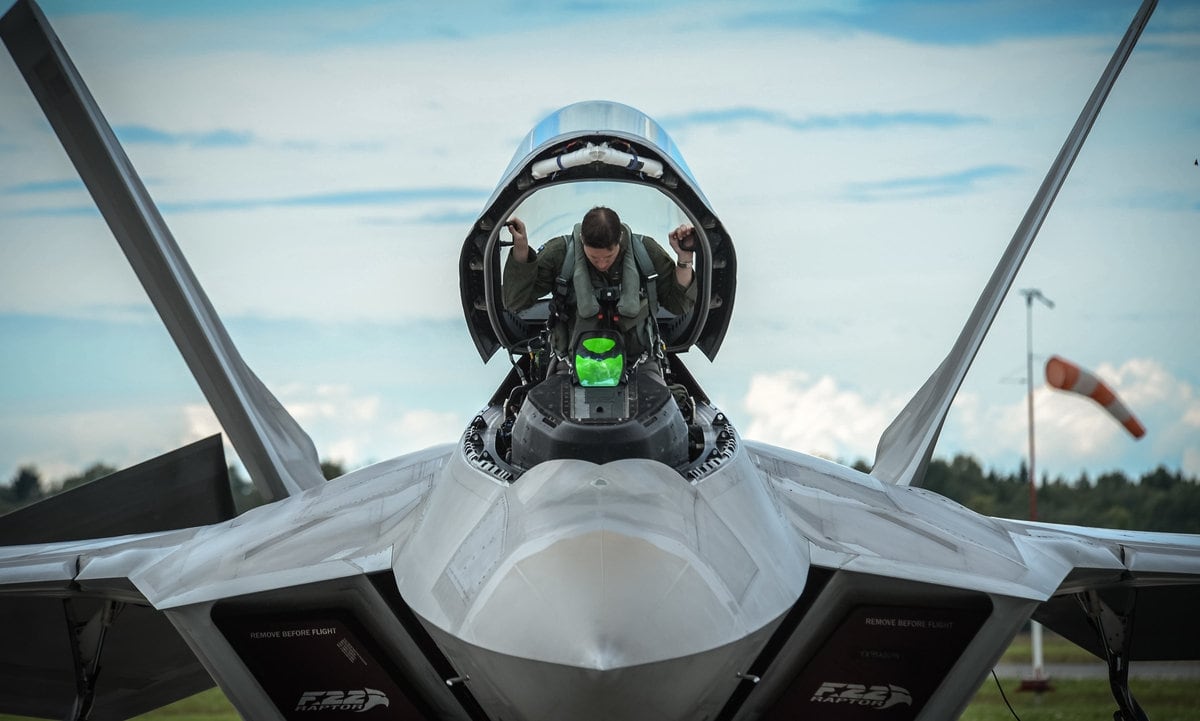Mobility pilots are declining aviation retention bonuses in alarming numbers, despite the the Air Force’s attempt to keep them in uniform with an infusion of cash.
Mobility pilot take rates dropped six percentage points, to 37.9 percent, in 2018. That’s nearly 10 percentage points lower than in fiscal 2016, when 47.6 percent of mobility pilots signed up for the bonuses.
In the past, Air Force officials have said that they hope 65 percent of eligible pilots will take the bonus in any given year.
Overall, a slightly higher percentage of pilots accepted a hefty bonus to remain in the Air Force in fiscal 2018, compared to a year ago, as the service rolled out a major expansion of the highest bonuses.
Because fewer pilots were eligible to make that decision, however, the overall number of pilots signing up to extend their service as part of the Aviation Bonus Program was down compared to fiscal 2017, and some critical groups of pilots saw significant declines.
The Air Force in May announced that, for the first time, some bomber, fixed-wing combat search-and-rescue, special operations, mobility and intelligence, surveillance and reconnaissance pilots would be eligible for the same maximum bonus that were previously given only to fighter pilots. To receive that maximum $420,000 bonus, pilots would have to agree to serve 12 more years.
But turning on the cash spigot appears to have had limited effect.
According to statistics provided by the Air Force, the overall percentage of eligible manned aircraft pilots agreeing to take the bonuses — known as the take rate — increased from 44 percent in 2017 to 45 percent in 2018. That halted two years of declines, after the take rates dropped from 55 percent in 2015 to 48 percent in 2016, and to 44 percent in 2017.
But even though the take rate ticked up, overall number of pilots signing up for retention bonuses dropped from 476 to 418, the statistics showed.
The Air Force is intensely worried about the shortfall of roughly 2,000 pilots, or about 10 percent of its overall pilot population, which could hurt its ability to accomplish all its missions. That kind of shortfall, which places an even greater burden on the pilots who remain, threatens to “break the force,” Secretary Heather Wilson said last year. The service has rolled out a series of programs to try to plug that gap, and a major part has been offering extremely generous retention bonuses to entice pilots to stay and pass up opportunities to fly for deep-pocketed commercial airlines.

For the Air Force, the brightest spots in 2018 came in the ranks of 11B bomber pilots and 11F fighter pilots. Bomber pilot take rates increased by 6.9 percentage points, to 52.9 percent in fiscal 2018. And fighter pilot take rates jumped 9.3 percentage points last year to 43.9 percent. Both career fields are now doing better than they were in 2016.
In addition to 11M mobility pilots, 11H rescue, 11S special operations, and 11U and 18X unmanned aerial vehicle pilots all saw significant drops in their take rates.
RELATED

During a panel discussion on pilot retention at the Air Force Association’s conference in September, Gen. Maryanne Miller, the head of Air Mobility Command, hinted at potential problems with her pilots' take rates. Typically, AMC pilots accept those bonuses at about the same rates as other active-duty pilots, but as fiscal 2018 drew to a close, she said they were noticeably less.
“That’s got my attention,” Miller said.
AMC spokesman Col. Christopher Karns said the improving economy and commercial airlines' ongoing recruitment of experienced military pilots contributed to the decline. But operations tempos are also stressing pilots, he said, and AMC is looking for ways to relieve the pressure and get them flying more.
AMC is trying to reduce the administrative burden on pilots and make sure they have enough “white space” to have time at home and time to train while they’re back from deployments, he said. AMC also cut the number of its pilots' 365-day deployments, from 47 to 26, in part by having staff officers do some office jobs AMC used to send pilots to do. And the command this year began a limited experiment with a flying-only technical track, that it hopes to later expand.
Rescue pilots also dropped 5 percentage points, to 70.7 percent, special operations pilots dropped 5.2 percentage points to 54 percent, and unmanned aerial vehicle pilots dropped 4.8 percentage points to 59.5 percent. However, spec ops and UAV pilots both saw a significant spike in 2017, meaning they’re still above where they were in 2016.
The statistics show 37 pilots agreed to some of the longest service commitments, of 10 to 12 years. There were also 264 pilots who agreed to stay seven to nine more years, and 117 who agreed to stay four to six more years.
But the overall number of fighter pilots accepting bonuses of any length dropped from 122 in 2017 to 72 in 2018. Since their take rates increased, that suggests fewer fighter pilots were eligible for retention bonuses.
The number of mobility pilots signing up also dropped from 187 to 117.
But the number of spec ops pilots accepting retention bonuses nearly doubled, from 34 to 67. UAV pilots also saw a sharp increase, from 49 to 88 in 2018.
Stephen Losey is the air warfare reporter for Defense News. He previously covered leadership and personnel issues at Air Force Times, and the Pentagon, special operations and air warfare at Military.com. He has traveled to the Middle East to cover U.S. Air Force operations.




